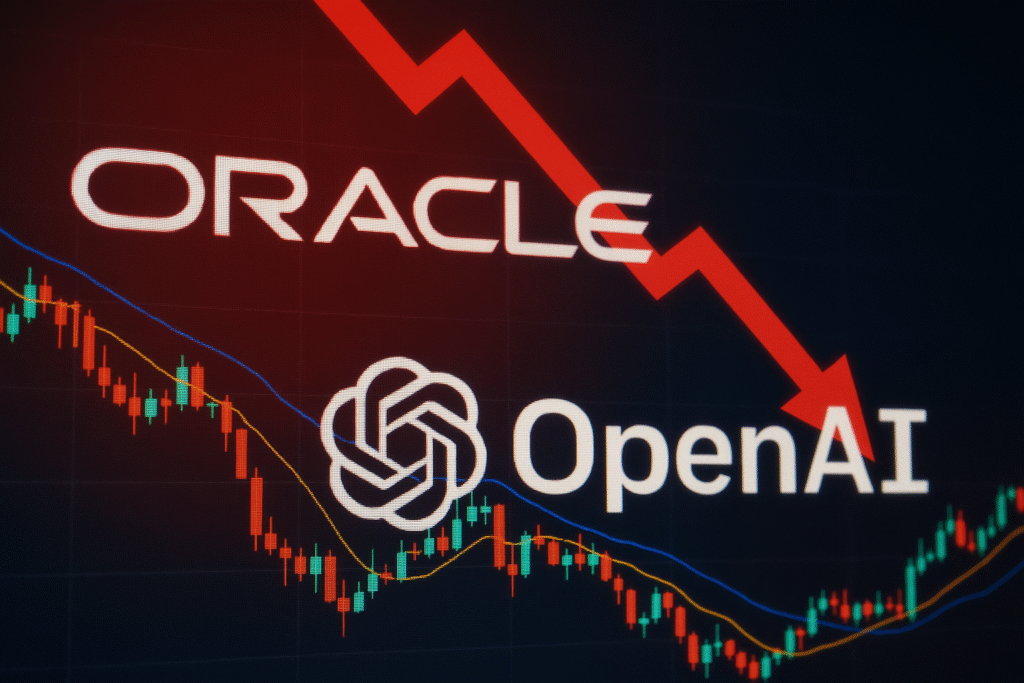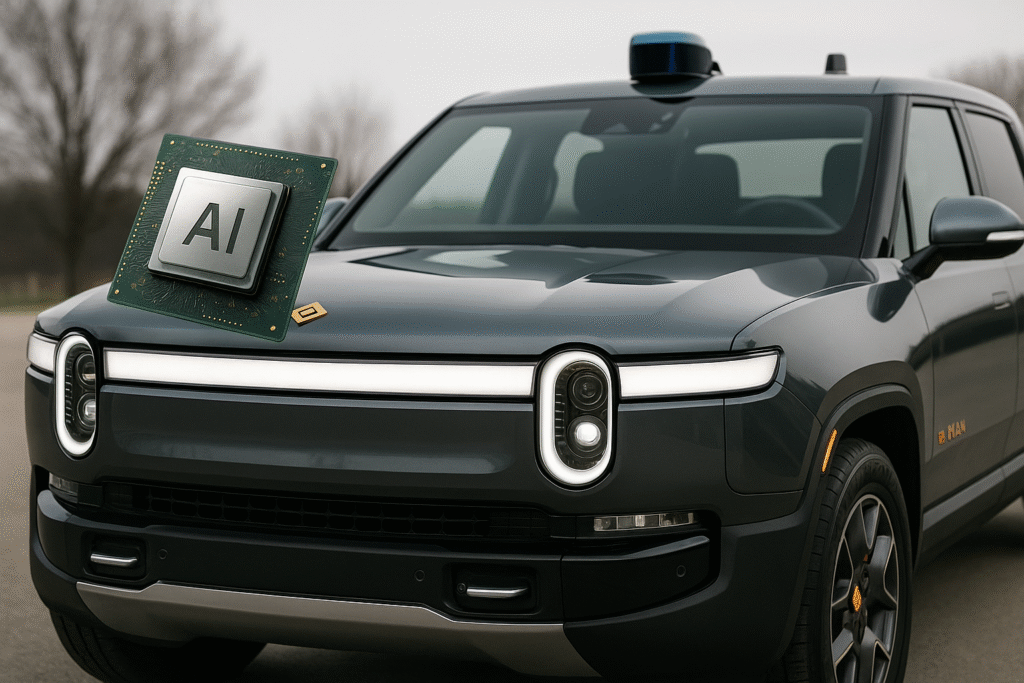GM Bets on a Smarter, More Autonomous Future
General Motors (GM) unveiled a major slate of technology initiatives during its “GM Forward” event in New York, signaling a bold attempt to reimagine the car as an intelligent, connected assistant.
Over the next three years, the automaker plans to introduce:
- Google’s Gemini conversational AI across its infotainment systems;
- An “eyes-off” advanced driver-assistance system (ADAS) capable of controlling vehicles without constant driver supervision;
- A centralized computing platform to power software upgrades; and
- Expanded offerings through GM Energy, including bi-directional EV charging and home energy systems.
The first wave of technology will roll out in 2025 with the Google AI assistant, followed by the eyes-off autonomous system in 2028, debuting in the Cadillac Escalade IQ EV — a flagship model priced at roughly $127,500.
AI-Powered Cars That Know You
GM’s integration of Google’s Gemini AI marks one of the most advanced automotive collaborations with a major tech firm to date.
The system, built directly into GM’s infotainment platform, will allow drivers to converse naturally with their vehicles, handle requests, anticipate driver needs, and streamline navigation and maintenance.
The automaker says select vehicles dating back to the 2016 model year will receive updates, with full deployment across new models by next year.
In the longer term, GM plans to launch its own proprietary AI system fine-tuned to individual vehicles, providing what executives described as an “intelligent assistant that evolves with you.”
Eyes-Off Autonomy: From Super Cruise to Self-Driving
GM’s upcoming driver-assistance platform will allow drivers to take their hands off the wheel and their eyes off the road, though they’ll remain able to intervene at any time.
Unlike today’s Super Cruise system, which limits autonomy to pre-mapped roads and requires constant driver monitoring, the next-generation platform will use lidar (light detection and ranging) along with radar and camera sensors to achieve full situational awareness.
The company emphasized that this is a true self-driving product, built on incremental safety and sensing improvements.
“Autonomy will make roads safer and give customers back their most valuable asset — time,” GM’s product team explained during the event.
Executives stopped short of confirming whether the new system will carry the Super Cruise branding, but noted the rollout will be far faster than the gradual expansion of the original platform.
GM Energy: EV Charging Meets Home Power
Starting in 2026, GM will expand its GM Energy Home System, offering leasing options for bi-directional EV charging, stationary home batteries, and solar integration.
Initially available to GM EV owners, the service will later open to general consumers seeking reliable backup power and grid resilience — directly competing with Tesla’s Powerwall ecosystem.
GM said this aligns with its broader effort to build “a connected ecosystem around mobility, energy, and software.”
The Bigger Picture: A New Era of Mobility
GM’s “Forward” event reflects a company in the midst of reinvention. After winding down its robotaxi business Cruise and shelving earlier “Ultra Cruise” ambitions, the automaker is refocusing on near-term, revenue-generating technologies that are already within reach.
- Software revenue: GM recognized $2 billion from software services last year, up from virtually nothing in 2021.
- Deferred revenue: now stands at $5 billion, up 90% year-over-year.
- Stock performance: The announcements come a day after GM’s strong Q3 earnings, which pushed its stock to its second-best day since emerging from bankruptcy in 2009.
While investors remain cautious after GM’s mixed track record in innovation, the company’s AI integration and energy strategy offer tangible, near-term opportunities that could redefine its value proposition.
WSA Take
GM’s roadmap shows that the race for AI-powered mobility is no longer theoretical — it’s happening now. The automaker’s push to combine Google’s AI with self-driving systems, home energy integration, and cloud-based software suggests it’s adopting the same ecosystem logic that built tech giants like Apple and Microsoft.
If executed, GM could evolve from an automaker into a mobility software and energy platform — one where cars are intelligent, adaptive, and profitable long after purchase.
Read our latest coverage here: Google’s multibillion-dollar Anthropic deal.
Visit the Wall Street Access homepage.
Disclaimer
Wall Street Access does not work with or receive compensation from any public companies mentioned. Content is for educational and entertainment purposes only.








